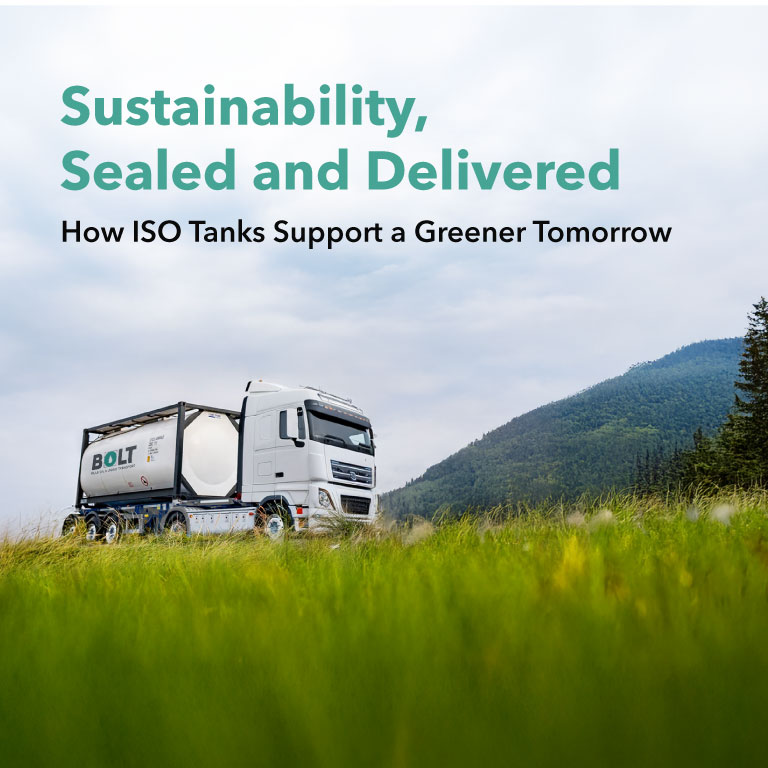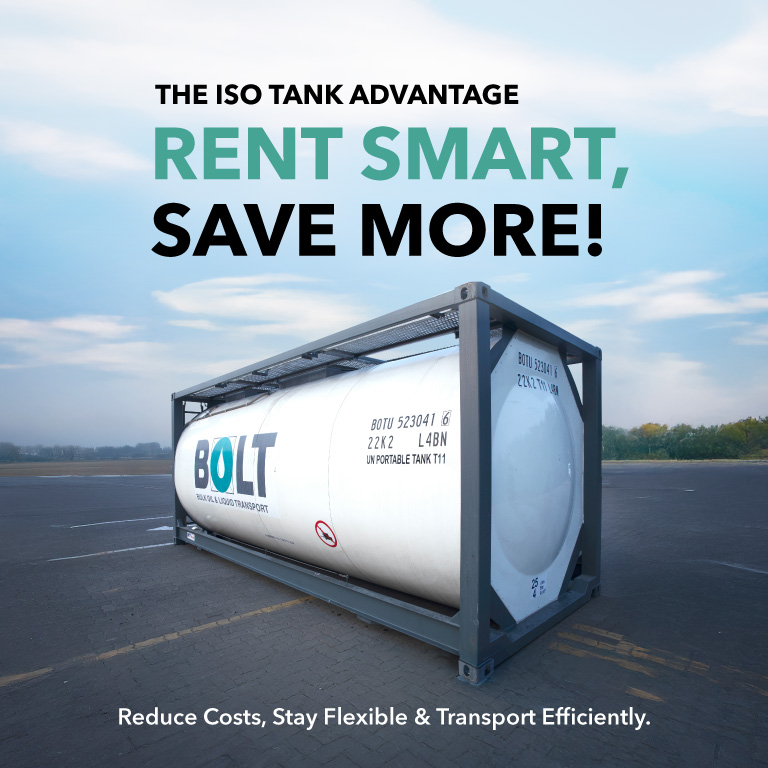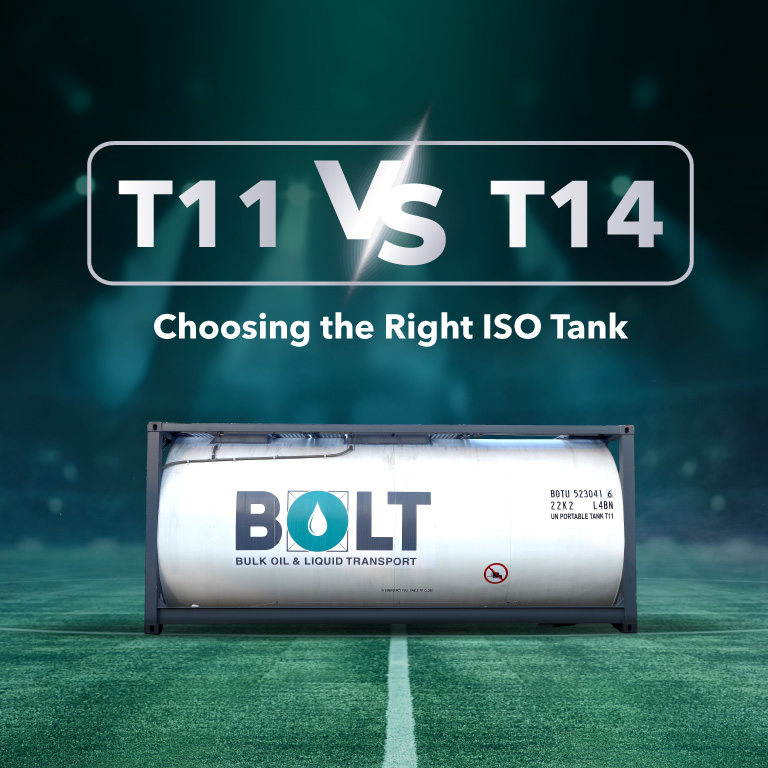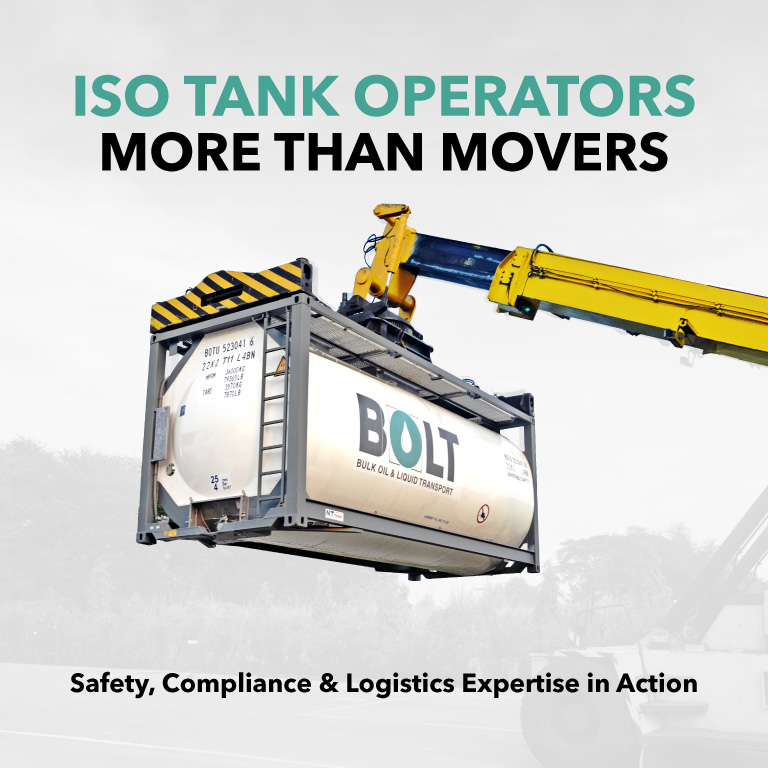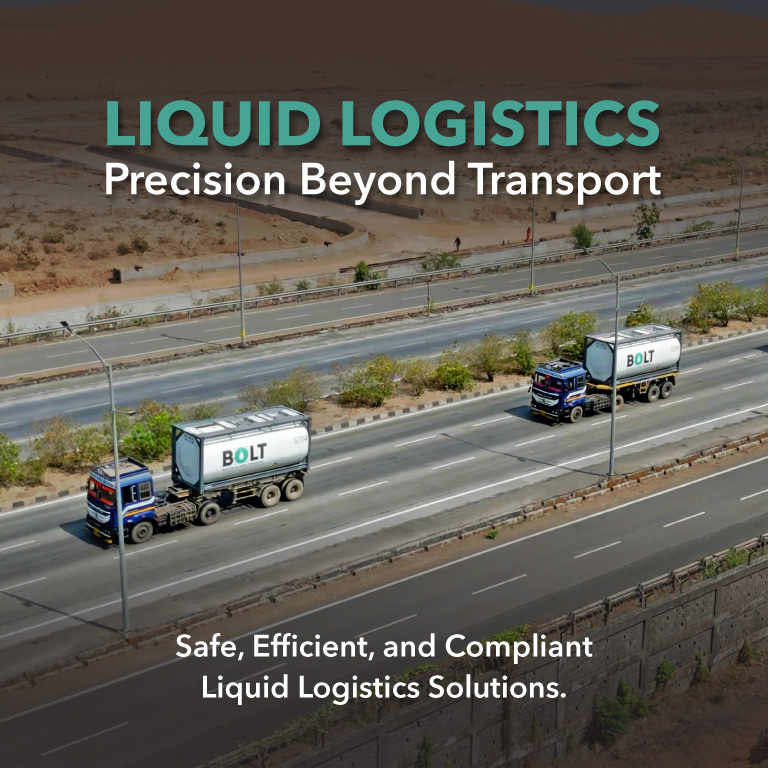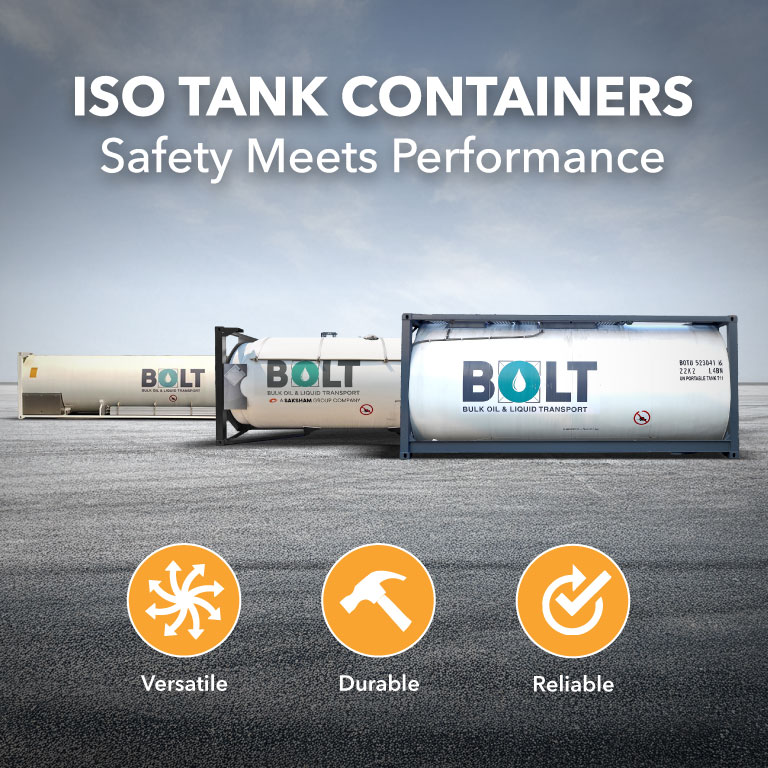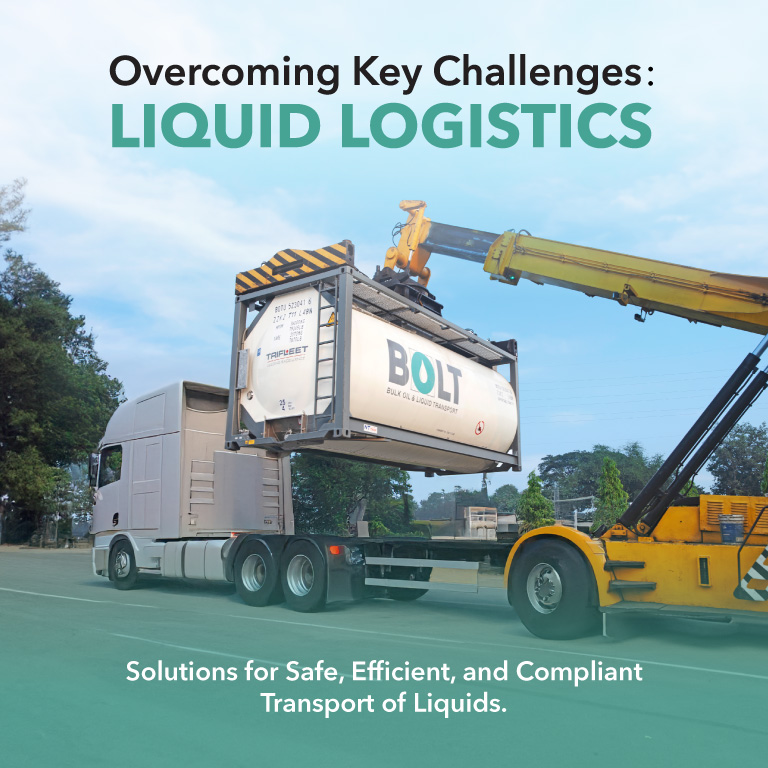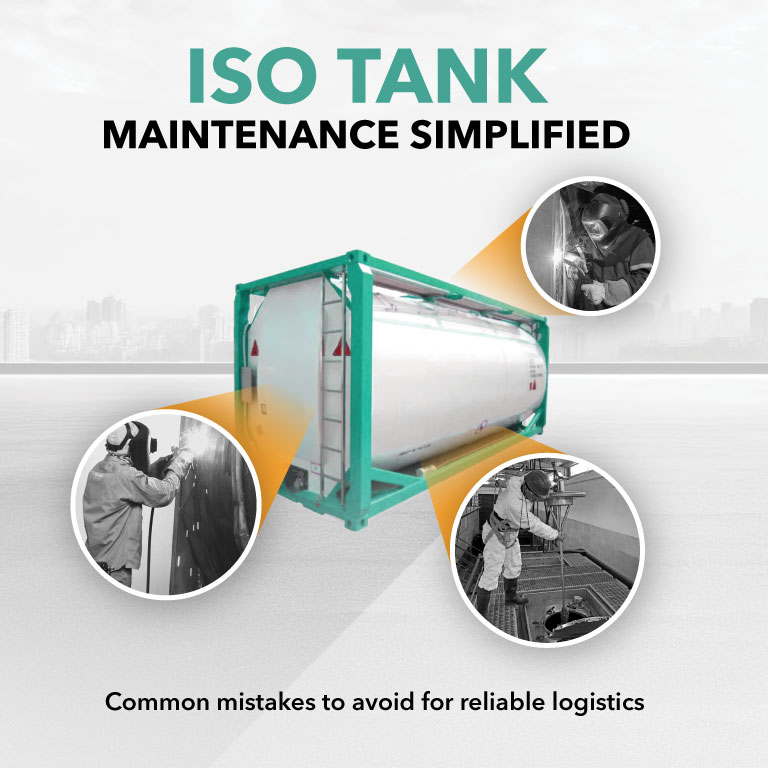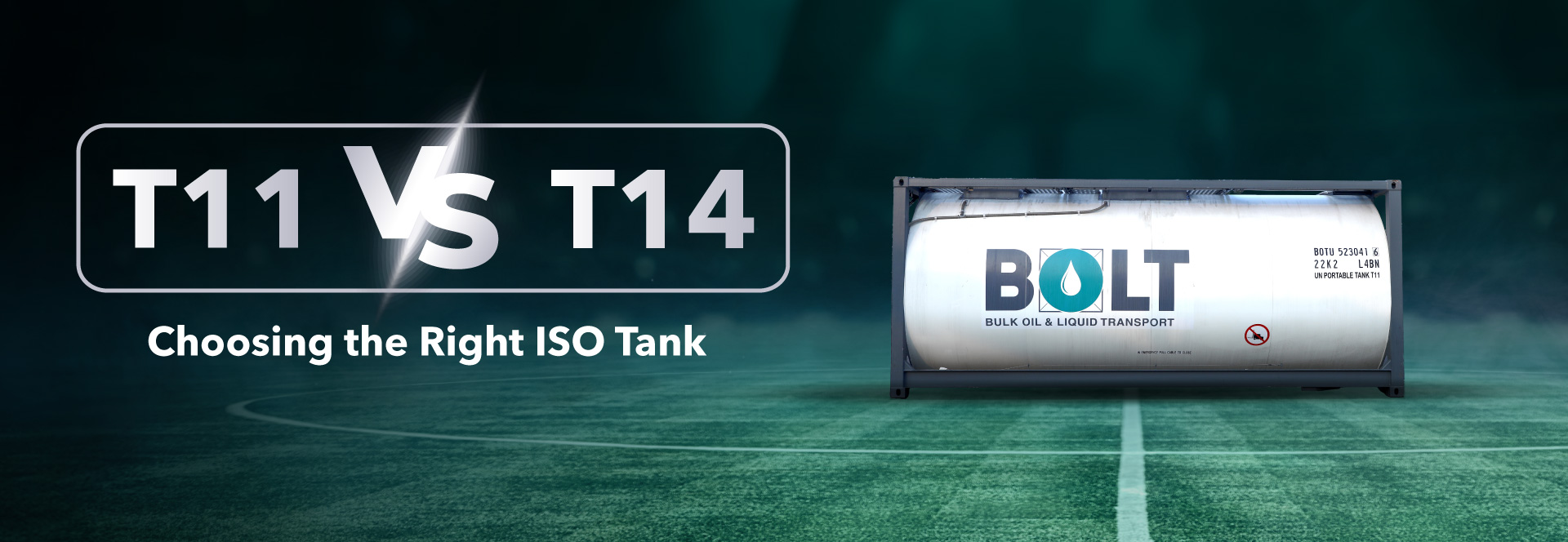
Understanding the Difference Between T11 and T14 UN Portable T Code Tanks / ISO Tanks
In liquid logistics, selecting the right ISO tank is crucial to ensuring safe and efficient transportation. Two common tank types used for bulk liquid transport are UN Portable T Code T11 and T14 ISO tanks. While they may seem similar at first glance, their specifications and applications have a number of key differences. Understanding these differences can help businesses make informed decisions when transporting chemicals, food-grade products, and other specialized liquids.
Material Composition & Design
Both T11 and T14 ISO tanks are constructed from stainless steel with a minimum shell thickness of 6mm of the reference steel, translating to 4.18mm for 316L stainless steel. This ensures durability, cargo integrity and corrosion resistance. Additionally, both T11 and T14 tanks can also be lined to carry highly corrosive cargo.
Pressure Rating
T11 and T14 tanks have the same minimum test pressure of 6 bar and a working pressure of 4 bar. This means that both tanks can handle similar pressure conditions during transportation.
Key Design Differences
- Bottom Valve:
- T11 ISO Tanks: Typically fitted with three serial closure bottom valves.
- T14 ISO Tanks: Are not allowed to have bottom openings or bottom valves and are configured to carry higher classified dangerous goods.
- Pressure Relief Valve (PRV) & Bursting Disc:
- T11 ISO Tanks: Typically fitted with a pressure relief valve (PRV).
- T14 ISO Tanks: Must have a bursting disc and tell-tail pressure gauge fitted to the PRV for enhanced containment and additional safety.
Applications & Cargo Suitability
The main distinction between T11 and T14 tanks is the hazard classification of the cargo they can carry:
- T11 Tanks: Suitable for non-classified liquids chemicals, food-grade products, vegetable oils, and many classified liquid dangerous goods.
- T14 Tanks: Designed for higher-class of classified dangerous goods, often with Packing Group I (PGI) and Packing Group II (PGII) dangerous goods, such as Class 6.1 toxic substances and Class 3 flammable liquids that are not permitted in T11 tanks.
Regulatory Compliance & Safety Considerations
Due to the hazardous nature of the liquids transported, T14 tanks comply with stricter regulatory standards and have enhanced safety requirements, including the absence of a bottom valve and the inclusion of a bursting disc on the PRV.
Which One Should You Choose?
- If your cargo consists of non-classified to mid-range classified dangerous goods chemicals and food grade product, T11 ISO tanks are often the ideal choice due to their cost-effectiveness and wide availability.
- If you are dealing with highly classified dangerous chemicals and food grade products, T14 ISO tanks offer superior safety and fulfil applicable regulatory compliances.
Always refer to local inland transport regulations and the IMDG Code which UN Portable T Code tank is suitable for any given dangerous goods cargo.
Conclusion
Choosing between T11 and T14 ISO tanks depends on the type of liquid being transported and its hazard classification. While T11 tanks are widely used for general liquid logistics, T14 tanks provide additional safety measures required for transporting highly dangerous substances.
Techical content support by John Campen
Directot, Xtec Digital Media a devison of Xtec Asia Pte. Ltd.

